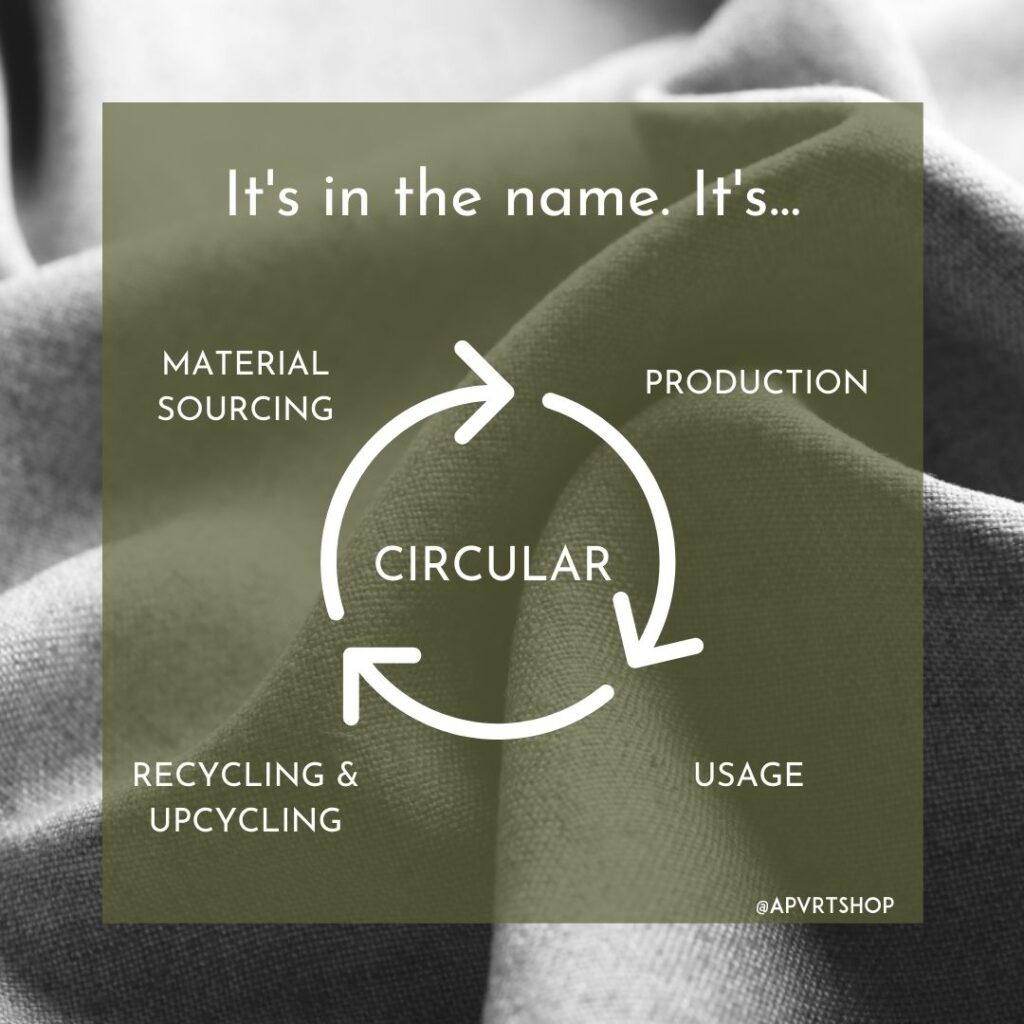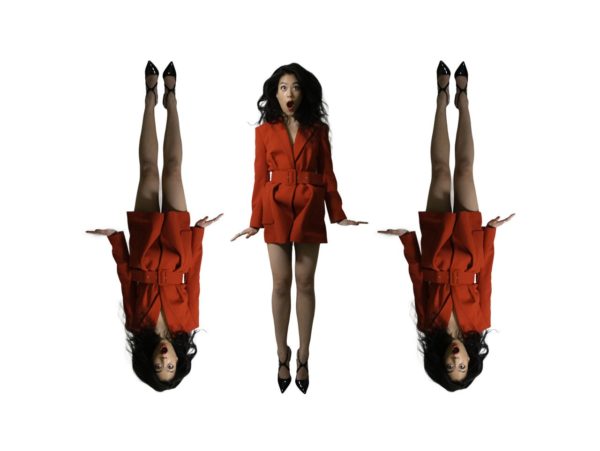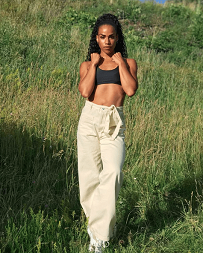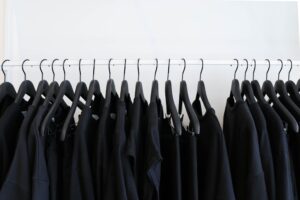Table of Contents
Do you ever wonder where your clothes come from? I don’t mean the fabric or where it’s made, but who makes what you wear? Is it the company that is on the label? Or is it a huge fashion conglomerate that owns multiple brands? (hint it’s likely the latter).
Economies of scale at a cost
The fashion industry, or at least the fast fashion industry has over the years evolved into a model of manufacturing in bulk and selling low. The creation of a brand identity and marketing the brand is what gets consumers excited. The economics are simple and easy to understand. The more you sell at a low price, the more profit you will make. There’s no harm in thinking that way or trying to maximize profits, however, at what cost?
You as a buyer may not be paying this cost directly. The cost could be and is not limited to your landfills piling up with more and more trash every day, rivers getting polluted by waste coming out of manufacturing units, compromising on the health and wellbeing of the workers that make these garments, etc. Basically, you do end up paying a cost in terms of your health and well-being. This model is not sustainable and is on the verge of collapsing
Basically, you do end up paying a cost in terms of your health and well-being. This model is not sustainable and is on the verge of collapsing.
A New Focus
Many big-name brands have lost huge chunks of their profits because of COVID-19. It takes one pandemic to reveal how flimsy this kind of system really is. Brands have realized that they need a system that is self-sufficient, appeals to the conscience of the consumer, and is not damaging the environment in irreparable ways. The new focus is on circular fashion or fashion circularity.
Creating a truly circular model in the fashion industry is not easy. People are not comfortable with the economics of it and it is hard for investors to see how people like you and me will choose a brand simply based on a small ecological footprint. Here is where I think the big players in fashion are getting it wrong.
What is Circular Fashion? Do we care?
In a 2019 article Emily Holbrook spells it out clearly in her first paragraph “New research suggests over half (52%) of consumers in the UK and US want the fashion industry to become more sustainable, with calls for reduced packaging and fair pay for workers among their top demands.” Brands should spend less time green-washing, and more time implementing change in their supply-chains. It is possible.

The word circularity comes from circle. Think of it as a loop that is feeding into itself. The products that you purchase have costs included in them to offset waste and to promote recycling or repurposing. As put succinctly here by eco-business.com “Circular fashion refers to an industry model in which waste and pollution are designed out from the life cycle of the product, and products and materials are kept at their highest value during use. At the same time, the industry must respect human rights and constantly innovate as it serves consumer needs, the experts said.”
The word circularity comes from circle. Think of it as a loop that is feeding into itself. The products that you purchase have costs included in them to offset waste and to promote recycling or repurposing.
Circularity as an industry standard
What I want to tell you as a reader is that circularity can become an industry standard. In fact, there are companies that are offering recycling, upcycling, and repurposing services already. They are also investing in models that streamline return services that allow fabrics as well as clothing to be reused rather than wasted.
While I understand, The limitation that circular fashion encounters is the extra level of work in management and production, however, it is truly a missed opportunity if not adopted. There is enough space for manufacturers to tap into industry areas that could be a new source of income by simply including circularity in their policy. While we wait for this change to take over the fashion world, In the meantime, keep yourself updated and informed and carry on shopping from your favorite small sustainable businesses!








